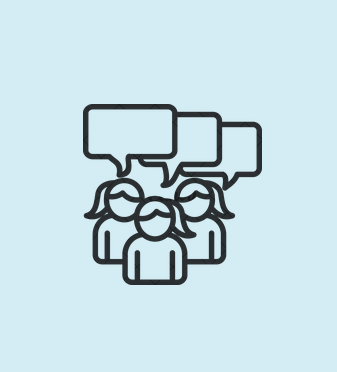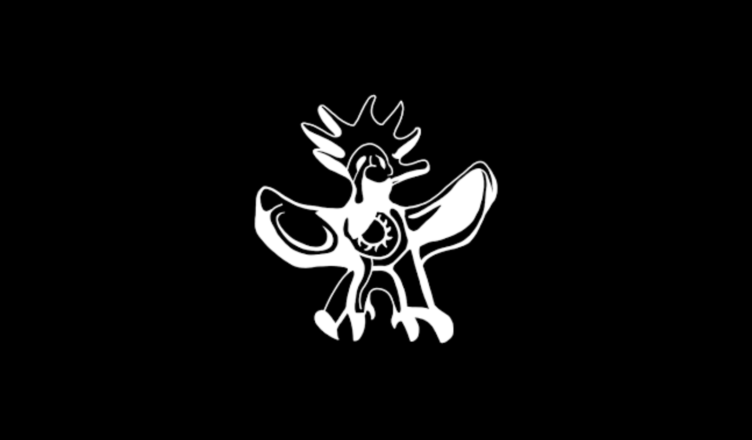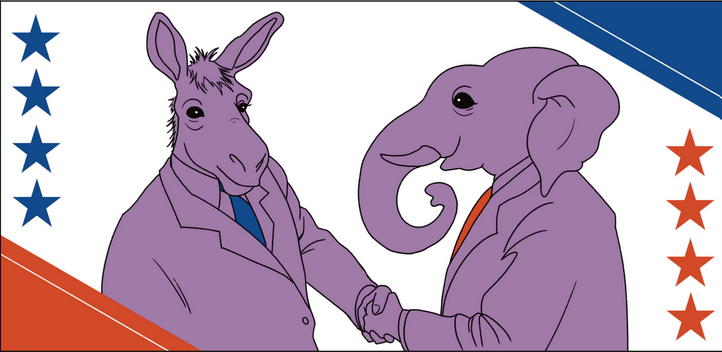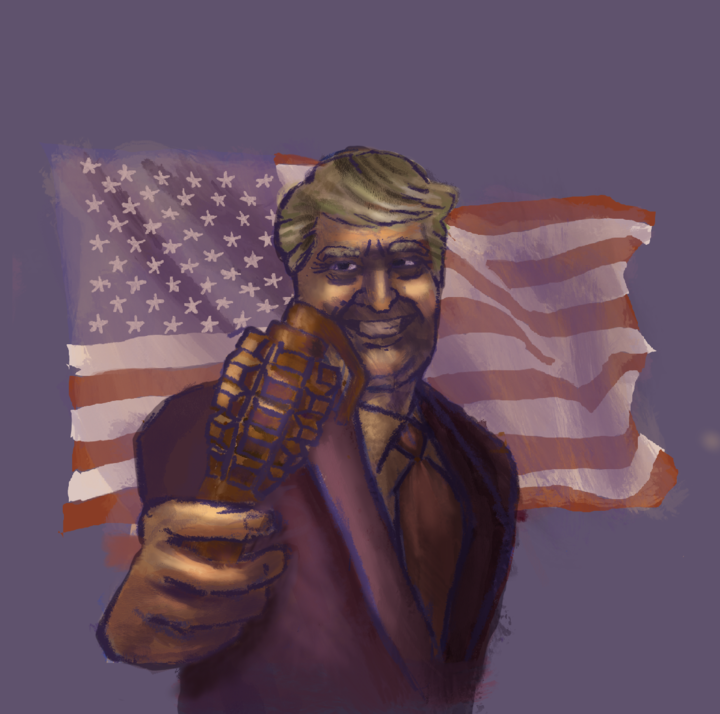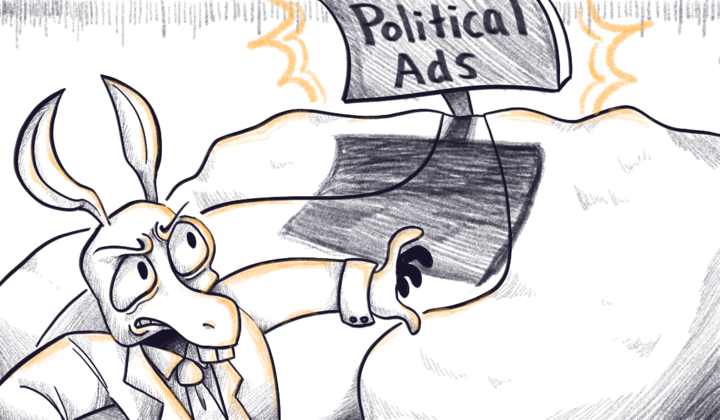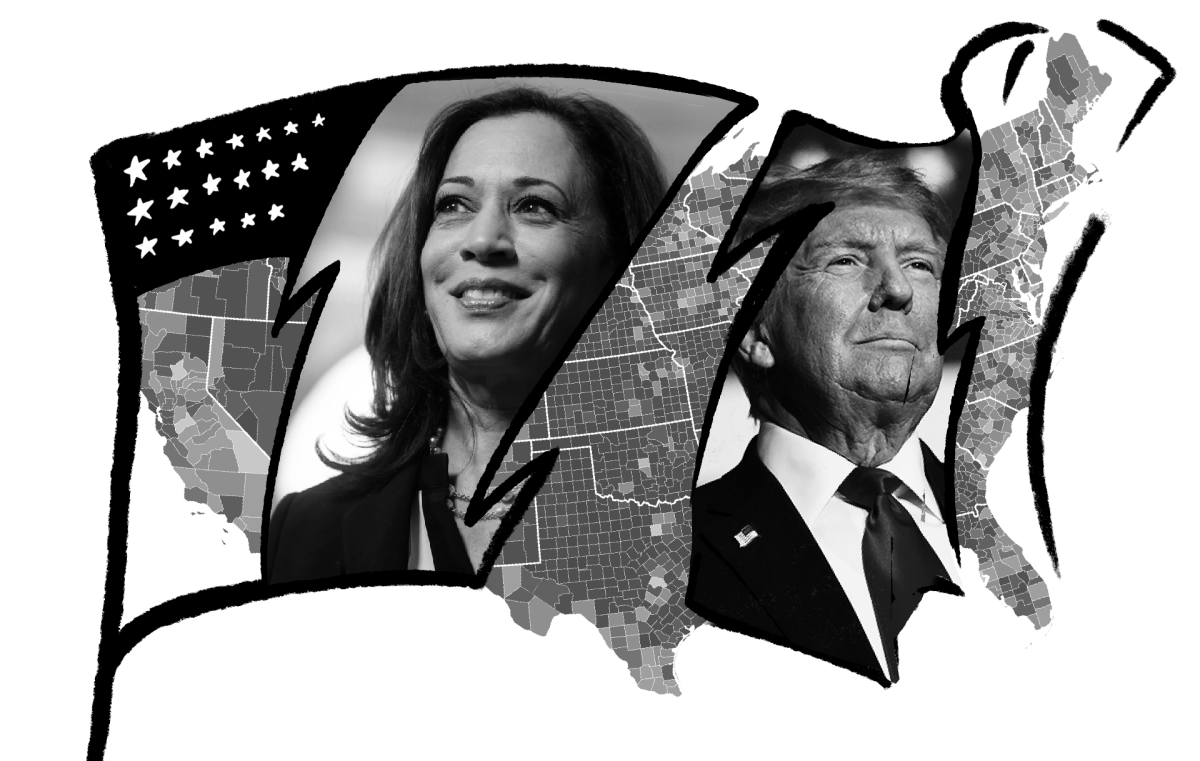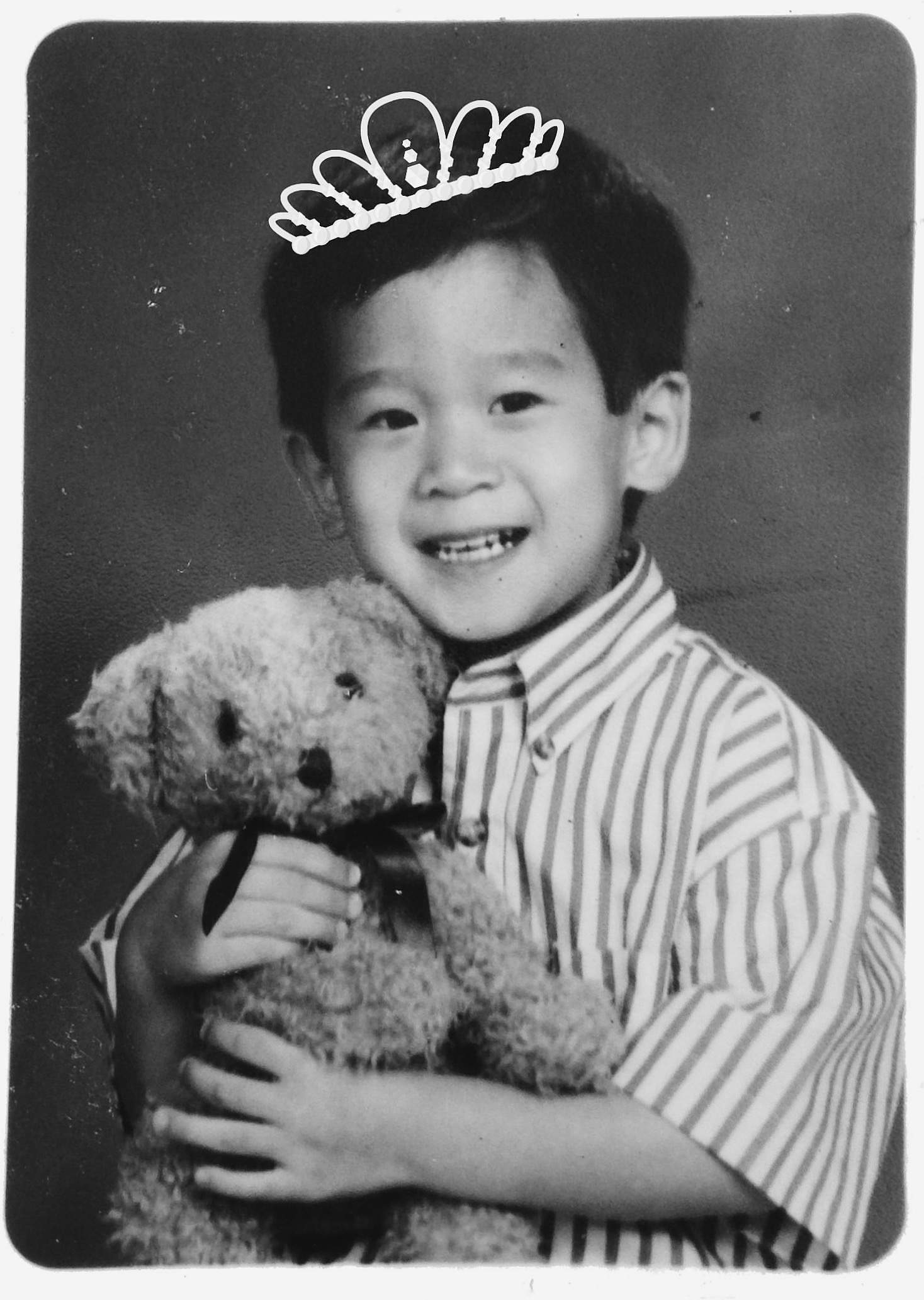
Vincent Pham
[email protected]
Have you ever asked your gingerbread cookie what gender it identifies with before you mercilessly dip a leg into a glass of milk? If you said yes, you might be Lord Farquaad’s doppelganger. If you said no, I welcome Shrek and friends to continue our ongoing conversation on gender norms through a cookie. Lord Farquaad, too, for inclusiveness.
If you Google “Genderbread Person,” you’ll find a colorful diagram by Sam Killermann explaining gender and the labels this entails. I’ll be dissecting Killerman’s first iteration of his diagram, but do explore your own sexplorations in his more recent iterations. They include gender identity and expression, biological sex and sexual orientation. It’s these four concepts that shroud gender norms, and are integral in understanding where many gender norms comes from.
Let’s ruminate on our Genderbread Person V.1 and see what it has to offer. Gender identity is how you see yourself, and this ranges from woman to man and everything in between. Gender expression is how you show your gender in accordance to traditional gender roles. This can be through behavior, dress and/or interactions. Expression ranges from feminine to androgynous to masculine. Biological sex is how we are determined by our genitals (vagina and penis) and typical chromosome compositions (XX and XY), although AP Biology has taught me that our sex organs may not always be binary. Lastly, our sexual orientation is based on who we are attracted to physically or emotionally or in any other way. Orientation ranges from heterosexual to homosexual on the Genderbread Person V.1 diagram. Newer iterations include asexuality, which is an important addition because hetero and homosexuality tend to imply a binary configuration when that’s not always the case.
Now let’s put our fledgling knowledge of gender in practice. Someone who is biologically a man can identify and express as a woman and also be heterosexual (i.e. attracted to women). While confusing, this shows the value of comprehensive understanding.
Spectrum is important for understanding how these concepts create a binary. That binary is the force behind checking off “male” or “female” on official documentation — or the force that had Chuquita and Phillian discriminated against. It’s also the force that segregates bathrooms into “men” and “women.” But that didn’t stop my mom when I was a kid (I used the women’s restroom during my younger years). As counterintuitive as it may seem, let’s deconstruct these binaries we see everyday and let the terms become more fluid. It’s difficult, but it’s a step in the right direction.
Taking all of this in, ask yourself how you identify in each of the four categories. Once you figure that out, take it a step further and think of the privilege, or lack of, that you receive because of your identity. More so, how does your identity intersect with other attributes you hold — ethnicity, socioeconomic status, physical ability. And how does that further privilege or complicate where you stand in our society? You’ll be surprised at what you may unpack.


